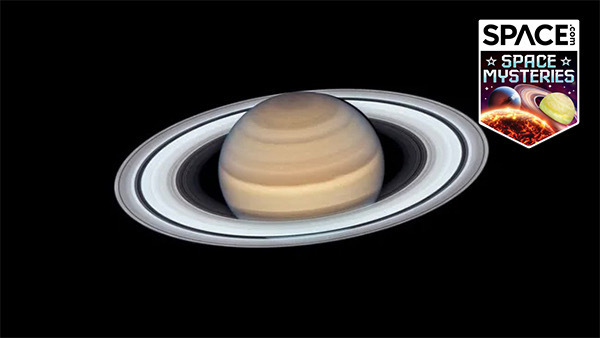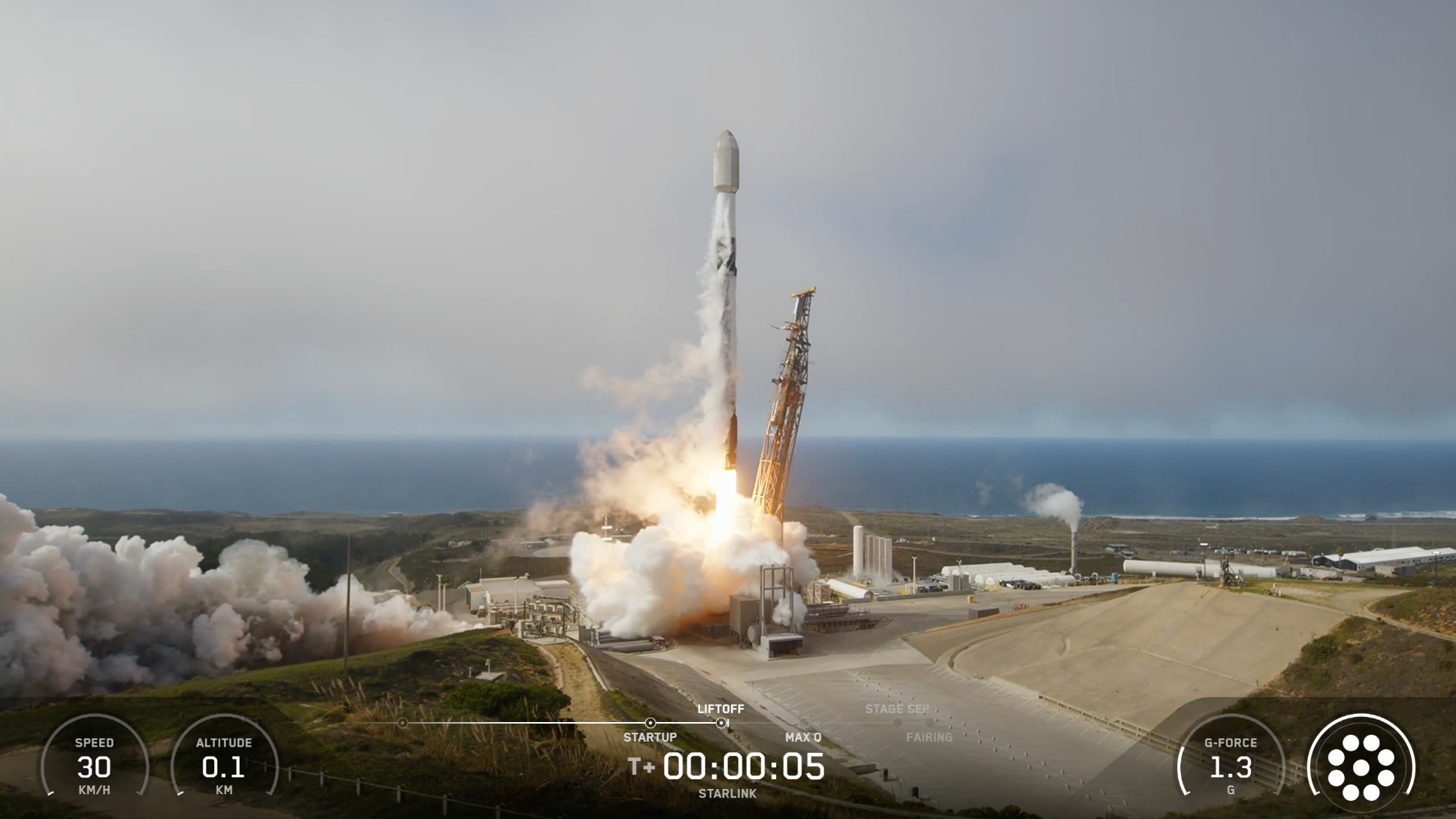Could alien life be hiding in the rings of Saturn or Jupiter?

The search for life beyond Earth has driven seekers to scout all sorts of potential habitats — not just on the growing list of known Earth-like exoplanets, but in other places within our own solar system.
The first choice that comes to mind is likely Mars, which some scientists believe still holds oases of liquid water beneath its barren surface, Not long ago, the detection of phosphine, a possible indicator of biological decay, in the atmosphere of Venus set off debate about whether life could exist in that hellishly hot planet's clouds. And for decades now, scientists have pondered whether life could exist in the skies of gas giants like Jupiter.
But one locale that few scientists have considered for life is the set of rings that crown Jupiter, outside the gas giant's atmosphere. These rings, like those that circle all of our solar system's gas giants, are actually belts composed mainly of water-ice particles, some as small as grains of sand, others as large as mountains. Might life exist there?
Related: The search for alien life (reference)
Scientists generally think that an environment that could support life as we know it requires three key components. The first is some kind of energy source: typically, the heat and light from a star, which creatures might tap for photosynthesis. The second is organic material: carbon-containing chemical compounds that might form living things in the first place. The third is liquid water. Everything from the moon to distant comets might have water in frozen form, but the water must be liquid for life to thrive.
Take the spectacular rings of Saturn. Within them, two of the three requirements for life as we know it are known to exist. Even out here, there is plenty of sunlight to feed life. And while Saturn's rings might seem an unlikely place for organic matter to exist, NASA's Cassini mission found that carbon compounds like butane and propane rain into the gas giant's atmosphere from its innermost D-ring.
Unfortunately, the third ingredient — liquid water — is missing. "You do have organic material falling into the rings, and there is sunlight, but there's just no liquid water," Matthew Tiscareno, a planetary scientist at the SETI Institute in California, told Space.com. "There's plenty of water, but it's all frozen."
Breaking space news, the latest updates on rocket launches, skywatching events and more!
So that makes life — again, at least as we understand it — a tough possibility in any of our solar system's rings, all of which are too far out and too cold for water ice to melt. But if rings existed in another star system, say, closer to their sun, then the sun's heat could give us the liquid water we seek.
Despite their best efforts, scientists have yet to spot rings around an inner planet, either in our own solar system or another, so they can only make educated guesses as to what such rings would look like. Instead of the water-ice rings we find around Jupiter or Saturn, these warmer rings might be collections of rocky boulders.
Unfortunately, it would still be difficult to keep water in liquid form with space around it; without an atmosphere, liquid water tends to evaporate away. "You kind of need an atmosphere to keep liquid water stable," Tiscareno said. "It wouldn't necessarily be much different than asteroids."
Many scientists think that simple life might have arrived on Earth billions of years ago by riding an asteroid that struck a much younger world: a theory known as panspermia. That theory received a boost in 2023, when scientists found uracil — an organic compound and one of the components of RNA — in a sample taken from the asteroid Ryugu by Japan's Hayabusa2 mission. On the other hand, it's doubtful that those compounds actually originated on the asteroids themselves.
For the time being, the possibility of life is one with which ring-examiners don't typically concern themselves. But that doesn't mean the idea isn't entirely outside the realm of what scientists might consider. "I like the idea of thinking about creative places where life could be," Tiscareno said.
And rings are tremendously interesting to astronomers for a host of reasons that aren't directly tied to the search for life. For one thing, they are natural instruments, allowing astronomers to examine their host planets in unique ways — watching meteorites strike the rings, for example. For another, examining a planet's rings tells us quite a lot about how that planet evolved — only certain conditions could allow rings to develop into the structures that astronomers see.
For a third, rings are disks: in other words, little facsimiles of the kinds of disks that create planetary systems in the first place. Scientists can't see the disks of newly forming protoplanets around other stars just yet (at least not in great detail), nor can they create a timeship to view the early solar system — but they can most definitely look at Saturn's rings.

Rahul Rao is a graduate of New York University's SHERP and a freelance science writer, regularly covering physics, space, and infrastructure. His work has appeared in Gizmodo, Popular Science, Inverse, IEEE Spectrum, and Continuum. He enjoys riding trains for fun, and he has seen every surviving episode of Doctor Who. He holds a masters degree in science writing from New York University's Science, Health and Environmental Reporting Program (SHERP) and earned a bachelors degree from Vanderbilt University, where he studied English and physics.
